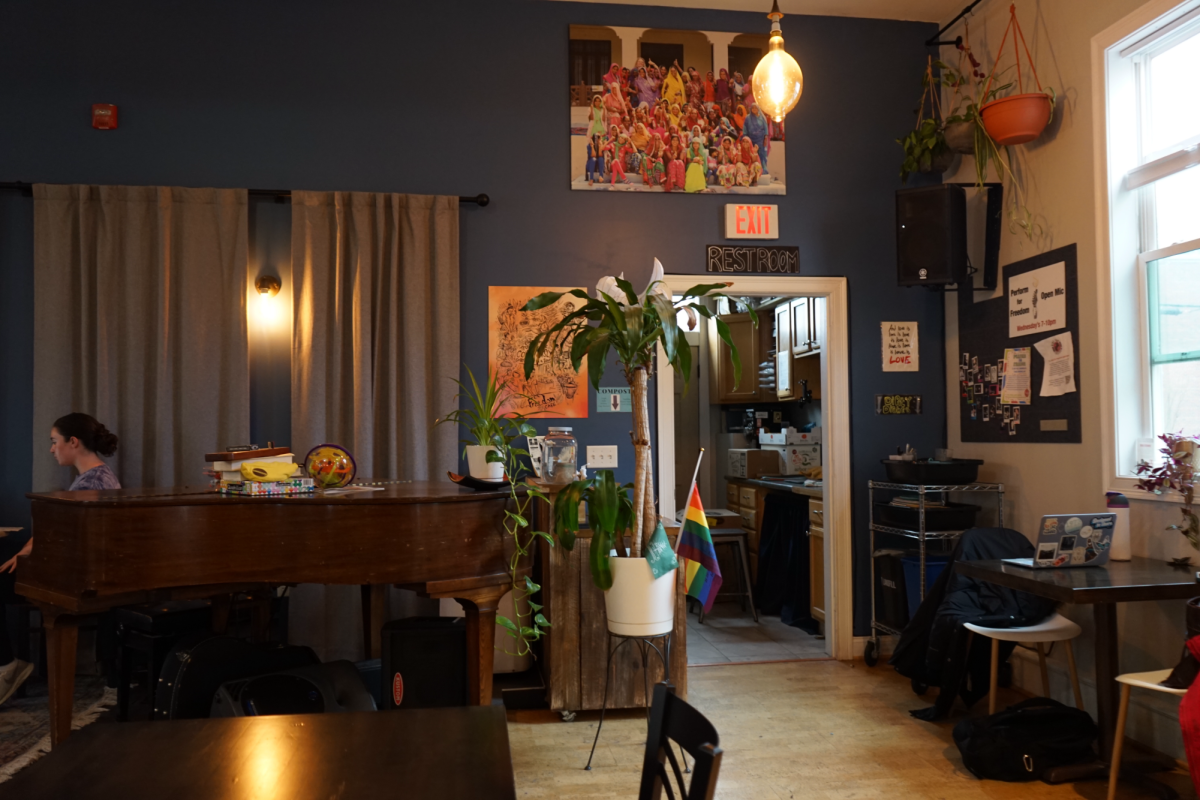By Raoul Biron
Staff Writer
Elephants, donkeys, clowns, and tightrope balancing acts – the run-up to the New Hampshire Primary is a circus. Over the weekend, UNH welcomed two of its Democratic ringleaders.
Sen. Bernie Sanders and former Secretary of State Hillary Clinton, respectively seated at first and second in the New Hampshire Democratic Primary polls, descended on campus.
“It’s an amazing opportunity. We could potentially shake the hand of the next president of the United States. Not many universities offer that,” said Samantha Gorski, a UNH senior attending the Clinton event.
The differences in both candidate’s campaign structures and potential legislative actions have been highly publicized. On Friday morning and Sunday evening, students and local voters were given the opportunity to hear both candidates address many of the same issues and discern where each candidate lies. Superficially, the polarities became immediately apparent.
Fenced off by hanging black curtains and walls of Secret Service officials, Clinton addressed a crowd of roughly 300 people in the Strafford room. The last-minute venue change from the much larger Granite State Room (GSR) provided a more intimate location, in part meant to facilitate a more measured discussion during the roundtable, which included Governor Maggie Hassan and two UNH alumni.
Even protest and dissent were expressed in silence, as climate activists raised signs stating, “I’m ready for Hillary to say no to Keystone XL,” after the speech’s conclusion.
“We felt like the event was calm enough and inciting enough valuable discourse that disruption wasn’t the right method,” said Jordan Cichon, a Dover resident and local activist.
During applause breaks, cheers resonated from the overflow room down the hall. More than twice the amount of people in the Strafford room watched the former First Lady from a screen in Union Court.
On Sunday night, Sanders filled the Field House to capacity.
“You might not know this, but you are a part of the largest turnout for any presidential candidate in New Hampshire,” Sanders said to the crowd of over 3,000.
With Governor Maggie Hassan’s official endorsement on Friday, Clinton adds to her list of hundreds of party leaders and elected officials supporting a campaign now worth millions (Clinton’s largest single contributor, CitiGroup donated a total of $824,402).
Governor Sanders still has yet to receive an endorsement from a member of the Democratic Party Leadership. Sanders publicly refused and condemned the use of Super PACs.
Both candidates made it clear that neither can envision a Democratic victory in 2016 without the support of students and millennials in general. While both spoke in passing about the need for a generational emphasis on diversity and equality, college affordability and debt restructuring took center stage at both events.
“When I graduate in May, I’m going to be $60,000 in debt – being able to live my life at some point is important to me,” Gorski said.
Clinton and Sanders had similarities in their stances, but differences in their solutions. Where Sanders aims to remove tuition at public institutions in it’s entirety, Clinton outlined a plan to remove the need for loans through her recently introduced “New College Compact” plan.
“If you can refinance your home, if you can refinance your car, you should be able to refinance your student loans,” Clinton said.
Clinton’s plan is designed to make community colleges tuition-free, make public institutions loan-free, establish a student debt ceiling, and actively targeting for-profit universities. Through specific federal subsidies and pressuring the universities themselves to be more fiscally responsible. Clinton aims to restructure higher education within the established institutions.
Sanders’ plan for allowing students to refinance their loans at the lowest possible interest rates and removing all tuition from public institutions looks towards Wall Street.
“It costs about 17 billion dollars a year… We’re going to pay for it based on a tax on Wall Street speculation. When Wall Street collapsed… they said ‘bail us out, we are in trouble.’ Well the middle class is in trouble today, now it’s Wall Street’s turn,” Sanders said. “It makes no sense at all for people to be paying 6,8,10% interest rates for student loans, when you can refinance a home for 2%.”
Even to non-students, college affordability and tuition costs play an important and critical role in this year’s primary election. 
























